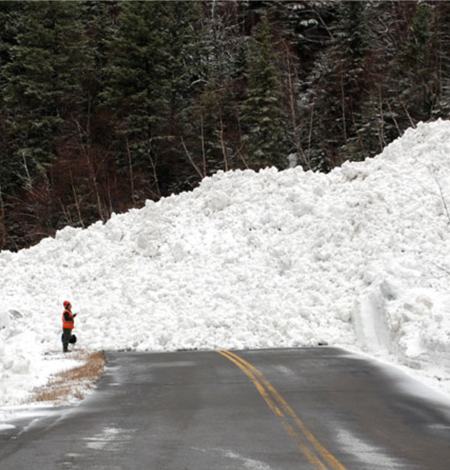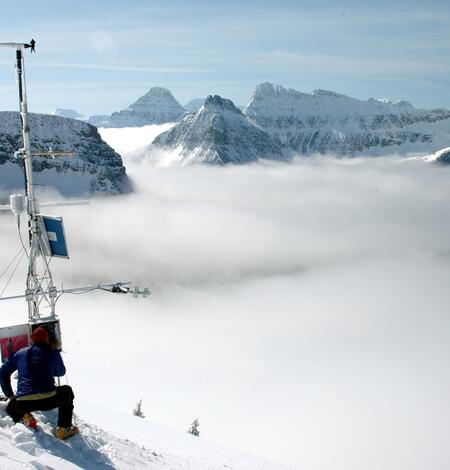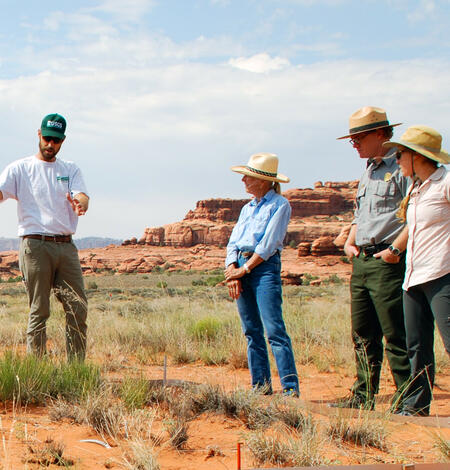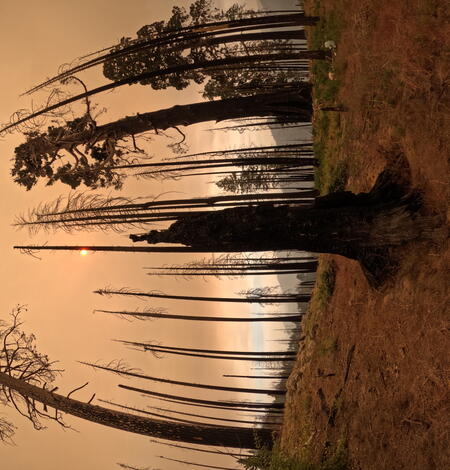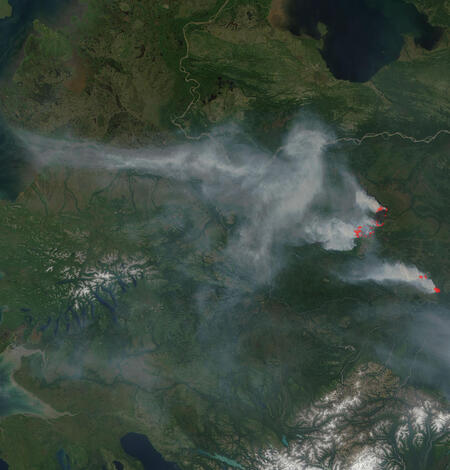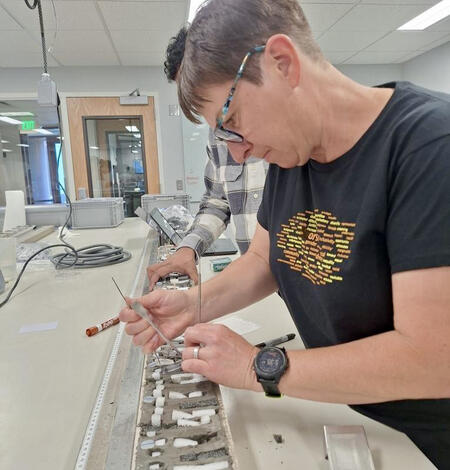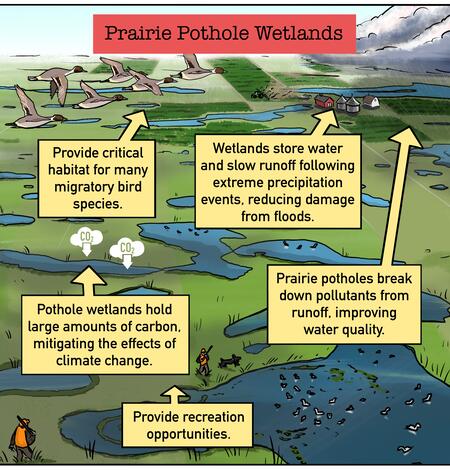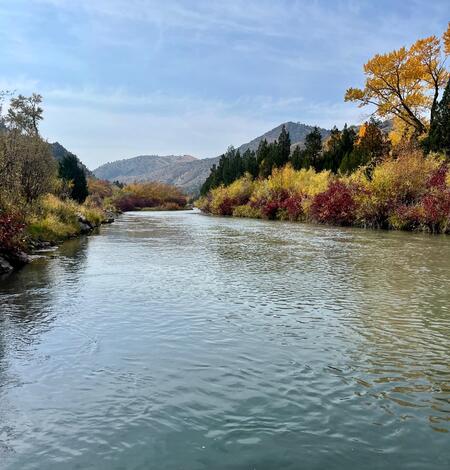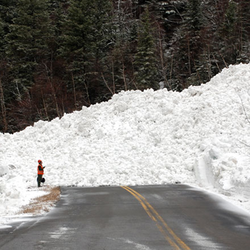Earth Science Matters - Volume 20, Spring 2025
This issue of Earth Science Matters highlights recent work from the Land Change Science Program in the USGS Ecosystems Mission Area. This science improves our understanding of how extreme events and disturbances affect natural resources to inform resource management and decision making.
Ensuring Public Safety and Preparing for Hazards
The Land Change Science Program in the Ecosystems Mission Area develops pragmatic strategies and tools to safeguard communities, people, economically important natural resources and infrastructure from unpredictable threats such as fire, drought, and floods.
Providing Critical Weather Data for Public Safety
Governmental and private industry partners rely on USGS science from the Ecosystems Land Change Science Program to deliver critical winter and fire weather forecasting, as well as inform safety and search and rescue operations.
The Changing Range: USGS initiatives support resilient ecosystems and economies on the Colorado Plateau
The USGS provides timely, scientific information about the health of ecosystems and economies, playing a crucial role in helping communities adapt to extreme drought.
Restoring Giants from the Ground Up: A Story of Fire, Soil, and Sequoias
In the charred groves of California’s Sierra Nevada, silence has replaced the towering presence of some of the world’s largest trees. Once standing for thousands of years, these ancient giant sequoias have withstood centuries of fire—until now.
Understanding Wildfire Behavior Across Alaska Using Remote Sensing of Fire Intensity
After a wildfire, land managers need timely information about its impact to develop treatment strategies. USGS scientists investigated the utility of instantaneous satellite-derived estimates of fire intensity in Alaska, where the remoteness and inaccessibility of many wildfire sites make ground-based investigations difficult.
Uncovering the Mysteries of the Bering Land Bridge
USGS scientists are identifying what plants and animals were present on the (now submerged) Bering Land Bridge. The Land Bridge was an important migration route for plants and animals – including humans - between Asia and North America during the last Ice Age.
Dinosaur National Monument Fieldwork with Quill the Porcupine
Follow along on a fieldwork trip with USGS and NPS scientists at Dinosaur National Monument, with your tour guide Quill the Porcupine!
USGS Factsheet Highlights Importance of Cryospheric Research
A recently published USGS factsheet highlights USGS cryospheric science, including glacier, snow, and avalanche research that NOROCK conducts
Site visit for Tampa Bay hard clam growth study
Scientists from USGS SPCMSC, University of South Florida (Tampa), and the Gulf Shellfish Institute are collaborating to improve understanding of hard clam populations in Tampa Bay. The group will visit sites near Port Manatee in Tampa Bay with a local hard clam grower to assess survival of southern quahog clams planted in 2017-2018.
Prairie Pothole Wetlands
The Prairie Pothole Wetlands:Provide critical habitat for many migratory bird species;Provide recreation opportunities;Hold large amounts of carbon, mitigating the effects of climate change;Store water and slow runoff following extreme precipitation events, reducing damage from floods.
Science for Changing Ecosystems
We are living in a time of unprecedented ecological change. USGS science can predict and help communities and ecosystems prepare for ecological changes to come.
USGS Ecosystems Science in Support of Public Safety & Security
Science within the USGS Ecosystems Mission Area provides a critical advantage in addressing public safety, infrastructure, and security issues surrounding natural disasters and changing landscapes, strengthening America’s ability to be a hazard ready Nation.


